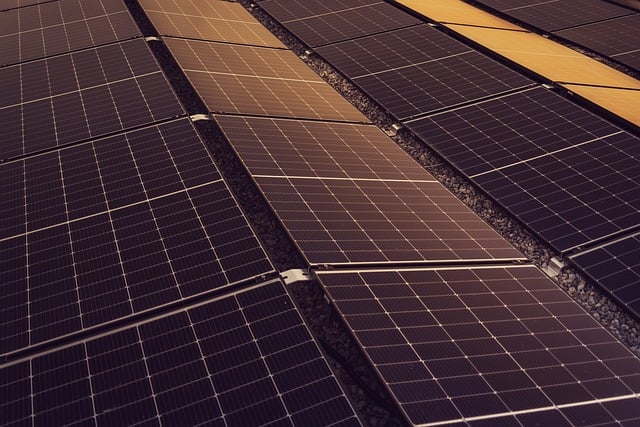Understanding the Impact of Climate Change on Desertification
As the globe continues to grapple with the repercussions of climate change, one of the most pressing issues we face is desertification. This gradual transformation of fertile land into desert, often exacerbated by human activities, threatens not only ecosystems but also livelihoods in many vulnerable regions. In desertification-prone areas, the quest for energy efficiency becomes more critical than ever. Not only does it provide a pathway to mitigate climate change effects, but it also promotes sustainable living and environmental stewardship.
The Interplay Between Energy Efficiency and Climate Change
Energy efficiency refers to the use of less energy to provide the same service, thereby reducing overall energy consumption. In the context of climate change, enhancing energy efficiency is a crucial strategy, especially for communities affected by desertification. These areas often struggle with limited resources, and implementing energy-efficient solutions can significantly alleviate pressure on natural resources. By adopting energy-efficient practices, we can decrease greenhouse gas emissions, thereby combating climate change effects and ensuring that we maintain the ecological balance necessary for our survival.
Innovative Approaches to Enhance Energy Efficiency
There are numerous ways to enhance energy efficiency in desertification-prone areas, many of which harness local resources and traditional knowledge. Here are some innovative approaches:
- Solar Energy Utilization: In arid regions, abundant sunlight presents an opportunity to harness solar energy. Installing solar panels can provide clean, renewable energy for local communities, reducing reliance on fossil fuels while increasing energy output.
- Water Conservation Techniques: Efficient irrigation systems, such as drip irrigation, can help minimize water waste while simultaneously improving crop yields. Employing water-efficient technologies ensures better management of limited resources.
- Building Materials and Insulation: Using natural and locally sourced building materials can contribute to energy efficiency. Structures designed to maintain temperature can reduce energy needs for heating and cooling, providing long-term sustainability.
- Community Workshops and Education: Raising awareness and educating communities about energy-efficient practices can lead to shared understanding and collective action. Local workshops can empower individuals to adopt sustainable practices in daily life.
Building Resilience in Vulnerable Communities
The journey toward enhancing energy efficiency is not merely about adopting new technologies; it is about building resilience among communities vulnerable to the effects of climate change and desertification. When communities invest in energy-efficient solutions, they are not just combating immediate energy needs—they are paving the way for long-lasting environmental health and stability.
As climate change continues to reshape our world, it is imperative that we focus on sustainable solutions that prioritize energy efficiency. This commitment not only protects our environment but also furthers the well-being of those living in desertification-prone areas. Together, we can work towards a future where energy efficiency leads to thriving ecosystems, resilient communities, and a healthier planet for all.


